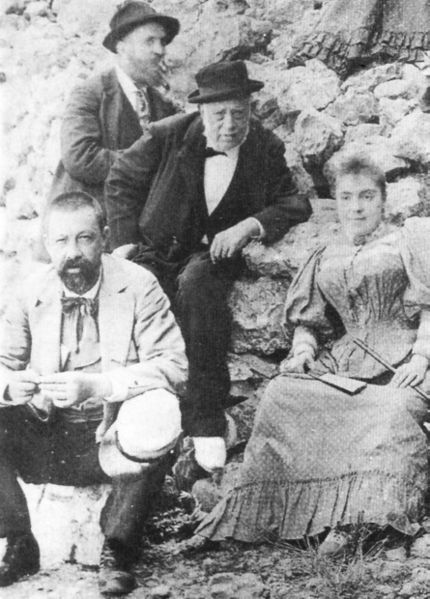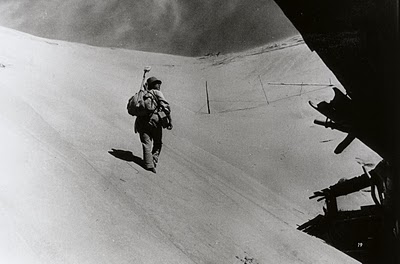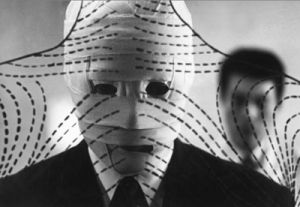As you might have noticed from the Google Doodle, today is the 161st birthday of architect Antoni Gaudi, who designed buildings that often seem to be haunting, hiding, falling, melting–like old women weeping because they’ve been exposed to the sun for too long. And some of his other work looks like a future too good to ever arrive.
From National Geographic: “The Sagrada Família has always been revered and reviled. The surrealists claimed Gaudí as one of their own, while George Orwell called the church ‘one of the most hideous buildings in the world.’ As idiosyncratic as Gaudí himself, it is a vision inspired by the architect’s religious faith and love of nature. He understood that the natural world is rife with curved forms, not straight lines. And he noticed that natural construction tends to favor sinewy materials such as wood, muscle, and tendon. With these organic models in mind, Gaudí based his buildings on a simple premise: If nature is the work of God, and if architectural forms are derived from nature, then the best way to honor God is to design buildings based on his work.”
Here’s the “Casa Batlló” section from Antonio Gaudí, an almost wordless 1985 cine-essay by Hiroshi Teshigahara, who made several genius films, including this one.





